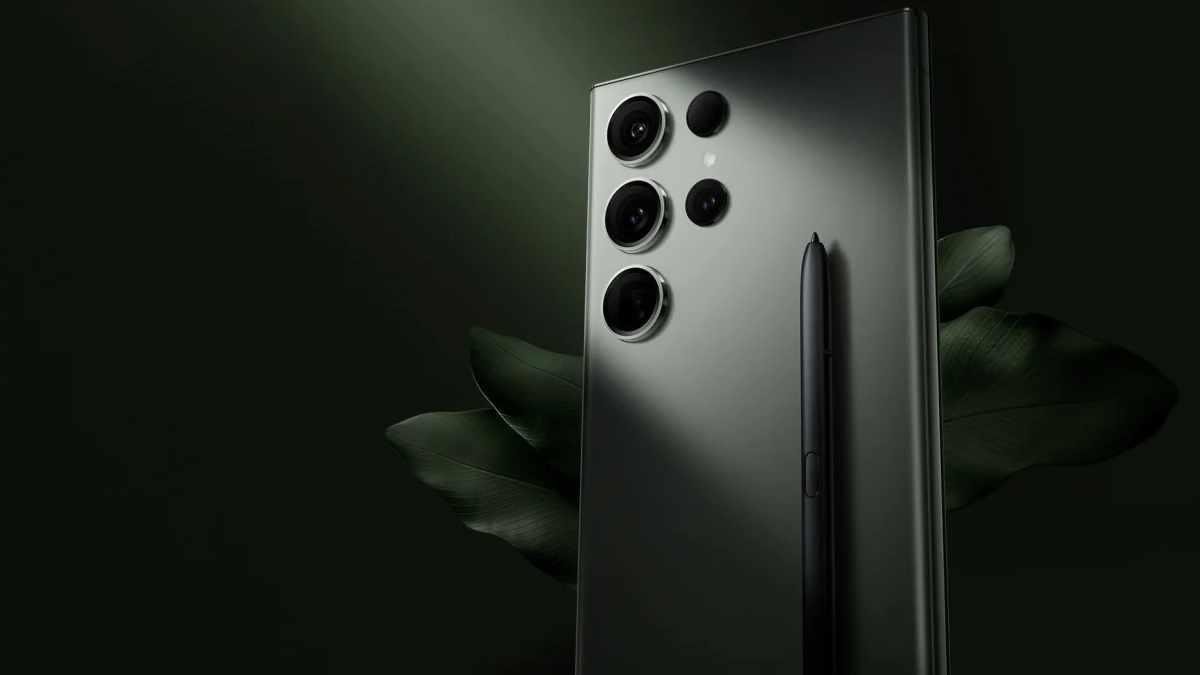
With the release of its new Galaxy S24 smartphones, Samsung has created unsurprisingly useful tools for mobile photographers.
Particularly notable on the photo specs front is the flagship phone in the series, the Samsung Galaxy S24 Ultra. This is the brand’s equivalent to Apple’s iPhone 15 Pro Max and it offers remarkable camera specs.
With the Galaxy S24 Ultra, users and mobile photographers can enjoy the robust functionality of four rear cameras arrayed in what Samsung calls a Quad Tele System.
The main camera among these offers a whopping 200-megapixel resolution and 85-degree wide-angle viewing through its f/1.7 lens. Samsung wouldn’t reveal the sensor type inside this particular camera but it’s possibly an ISOCELL HP2SX.
Also, as I’ve covered in previous explanations about smartphone camera resolution, the 200 megapixels that the S24 Ultra offers are made of very tiny subpixel-type pixels.
Compared to the pixel sizes and resolutions of most modern mirrorless cameras, the 200MP sensor on the S24 offers a much more modest resolution, though it’s hard to say just what it might be.
Instead, what the Galaxy S24 Ultra and other phones with similar resolutions do offer is pixel-binning tech. With this, pixels are combined to form larger photosites that more closely correspond in size to real camera pixels.
This means a lower megapixel count but better photo sharpness and better low-light functionality.
In any case, aside from the wide angle on its main 200MP camera, the S24 Ultra also packs a specific ultra-wide camera with a 120-degree FOV and a 12MP resolution behind an f/2.2 lens.
Then there’s a 10MP telephoto camera that offers a 3x optical zoom and optical image stabilization with an f/2.4 aperture.
Finally, Samsung added an impressive f/3.4 5x optical zoom lens with optical image stabilization that’s connected to a 50-megapixel image sensor.
For this, the company has added what it calls Adaptive Pixel sensor technology, which according to Samsung delivers “optical-quality performance” at multiple magnifications such as 2x, 3x, 5x and 10x.
As you can see from the above, Samsung really invested in the physical camera hardware of the Galaxy S24 Ultra and its S24 cousins (which don’t all share all of the above camera specs).
However, the company has also added a lot of software to these new phones to boost visual performance even further.
One of the Galaxy S24’s new features on the software side is an upgrade to “Nightography” as Samsung calls it. This creates improved image quality in very low light even if the powerful zoom features of the phone’s little cameras are being used.
Specifically, Samsung explains,
“Capture more light in dim conditions with Galaxy S24 Ultra’s larger pixel size, now 1.4 μm, which is 60% bigger compared to the previous model. Blur is reduced on Galaxy S24 Ultra with wider optical image stabilizer (OIS) angles and enhanced hand-shake compensation,”
What’s more, the entire S24 series of phones comes with an image signal processing block that’s designed to reduce noise during video shooting. This helps create much sharper videos with minimal noise even in low lighting.
Then there’s the AI technology in Samsung’s new phones. You could hardly expect devices like these to be released without a whole ton of the fashionable tech of 2023 and 2024 being packed into them.
Samsung has packed the Galaxy S24 phones with AI editing tools that let users recompose, erase and remaster image elements or whole images while also being able to add wholly invented extras through the phones’ Generative Edit feature.
With Generative Edit, whole parts of an image can be filled with generative AI-rendered elements and objects or people can be moved around smoothly.
Another feature called Edit Suggestion actually has the Galaxy S24’s AI suggest new edits and “tweaks” for images too.
While all of this will be a travesty for “authentic” photography via smartphone, many users will doubtless find it very handy for recreating even their most banal photos in new ways.
Samsung seems to have taken the same potential problem of misleading AI images into consideration and the company has stated that all AI image edits in its phones are watermarked in and added to a photo’s metadata.
The main differences between the different versions of the Galaxy S24 phones are in their display sizes and their internal storage capacities.
The Galaxy S24 basic model offers a 6.2-inch FHD-AMOLED display while the S24+ comes with a 6.7-inch screen.
The S24 Ultra on the other hand offers a 6.8-inch display with a “Super Smooth” variable refresh of between 1 to 120Hz.
All three phones offer the same essential camera specs and all three share AI features. They also all have the same Snapdragon 8 Gen 3 processing platform.
The basic Samsung Galaxy S24 has a starting price of $800 for the 128GB and 256GB models. The S24 Plus on the other hand starts at $1000 for its 256GB edition. As for the S24 Ultra, it starts at $1,300 and comes in 256GB, 512GB and 1TB editions.
All of the new Galaxy S24 phones are now available for pre-order.
Highly Recommended


Check out these 8 essential tools to help you succeed as a professional photographer.
Includes limited-time discounts.
Learn more here
Credit : Source Post



